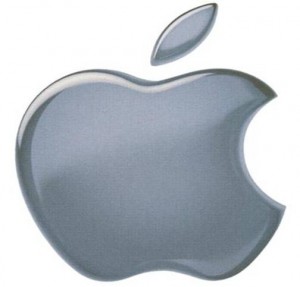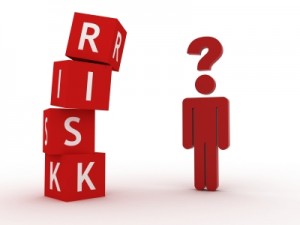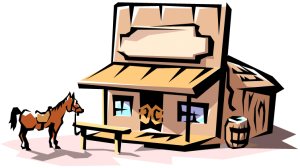 It is no surprise that competitive intelligence issues and activities regularly show up in business news. After all, intelligent and motivated professionals everywhere are furiously competing to win. To the untrained eye, it may seem that companies’ activities are disjointed or nonsensical (and sometimes they are). However, to someone trained in competitive intelligence, there are stories behind the public moves. From those stories, emerge motivations, strategies and opportunities.
It is no surprise that competitive intelligence issues and activities regularly show up in business news. After all, intelligent and motivated professionals everywhere are furiously competing to win. To the untrained eye, it may seem that companies’ activities are disjointed or nonsensical (and sometimes they are). However, to someone trained in competitive intelligence, there are stories behind the public moves. From those stories, emerge motivations, strategies and opportunities.
For example, take the recent New York Times article, “Apple Buys Intrinsity, a Maker of Fast Chips” at http://www.nytimes.com/2010/04/28/technology/28apple.html, about Apple. Apple, flush with cash and the serial hits of the iPod, iPhone and iPad, purchased a chip design company. What does this mean? How does it fit with previous Apple moves? How does it confirm or change Apple’s perceived strategy? What might their next move be?
These questions are fundamental questions for someone competing with Apple and the core domain of competitive intelligence professionals.
Read the rest of this entry


 One hundred and twenty years ago the scene in the American West would have been familiar. The scorching air would have been thick and dusty. The only street through the town of rickety boarded buildings would be crowded with cowboys and their horses. The one refuge from the oppressive conditions was the local saloon. And that was where you found all manner of folks. The tired cowhands, the frontier entertainers and the bad guys would be there. Everyone knew that the bad guys always came to the saloon looking for trouble. It was not a place for the unprepared or naïve because they were easily recognized and exploited. Winning for the bad guys was dominating the saloon.
One hundred and twenty years ago the scene in the American West would have been familiar. The scorching air would have been thick and dusty. The only street through the town of rickety boarded buildings would be crowded with cowboys and their horses. The one refuge from the oppressive conditions was the local saloon. And that was where you found all manner of folks. The tired cowhands, the frontier entertainers and the bad guys would be there. Everyone knew that the bad guys always came to the saloon looking for trouble. It was not a place for the unprepared or naïve because they were easily recognized and exploited. Winning for the bad guys was dominating the saloon.